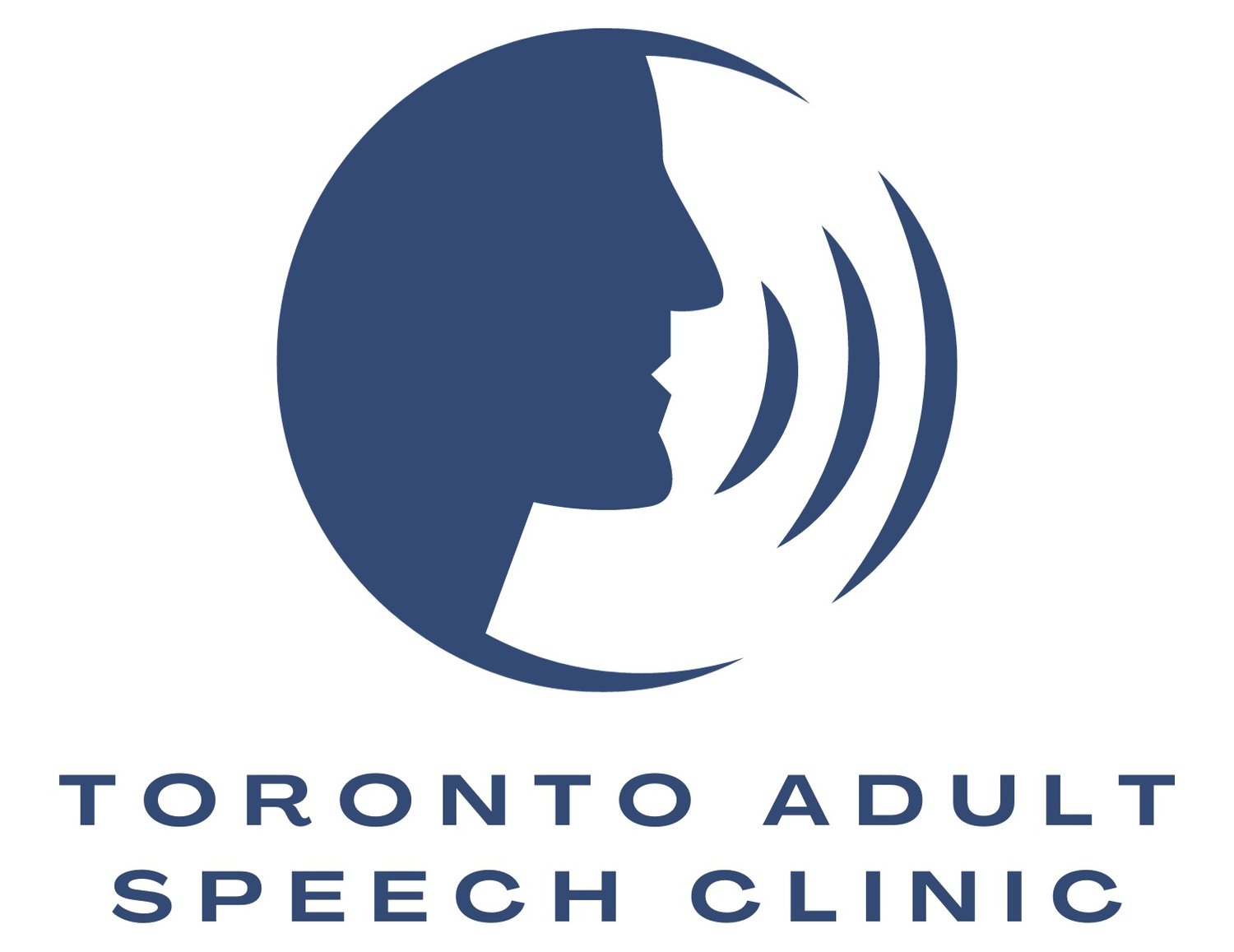Massage and Manual Therapy for Your Voice
The physical side of voice therapy in the upkeep and rehabilitation of your voice
The voice is produced by the action of many muscles working in coordination. The actual vocal fold muscles are located inside the larynx (or voicebox) and muscles attach to the larynx above and below to assist in voicing and other important functions, like swallowing. Overuse, vocal nodes or polyps, stress, anxiety, recovering from illness, misuse, or anything else that puts excess demands on your body or the voice can create an abundance of tension in and around the larynx. A common form of this kind of hyperfunctional muscle activation is Muscle Tension Dysphonia (or MTD) (read more at our blog here).
Regardless of what you call it, excess physical strain on the voice can be debilitating. It is often painful as the muscles at and around the larynx become inflamed and sensitive, but can also result in a reduced ability to produce voice or a loss of voice entirely. This can pose a particular challenge for those who are occupational voice users (such as singers, actors, teachers, lawyers, etc.) and rely heavily on their voice for their work.
That is where Laryngeal Massage and/or Manual Therapy for the Voice comes in. Much like when you get a “kink” in other muscles around your body, or there is excess tension or “knotting” of muscles- physical release of these symptoms can restore comfort and function. The same is true for circumlaryngeal massage and related manual therapy techniques. By working directly in the regions of tension (neck, jaw, etc.) to stretch and restore a relaxed equilibrium, the function of the voice can be restored and reach a more comfortable state. The caveat here is that while massage and manual therapy can be helpful at treating the symptoms, it is important to work with a speech-language pathologist to identify the cause of the tension to prevent future “flare ups.”
For many voice users, this means evaluating patterns or habits that might be influencing the healthy function of the voice and making voice care modifications, engaging in voice therapy to improve healthy speaking and/or projection habits, or addressing perceptions, feelings, and attitudes about the voice that may be making a person feel unable to physically “speak up” or be their authentic Self.
For singers, this sometimes means evaluating technical singing behaviours or the health of the speaking voice.
For actors, it often involves examining the creation of a healthy character voice or what it means to project your voice safely.
Our speech-language pathologist, Jordan Scholl, is a voice therapist with advanced knowledge and training in the anatomy of the human body and voice, singing technique, and of course, laryngeal massage and manual therapy techniques for the physical release of tension- all with the passion of helping our clients put their best voice forward. You can schedule an appointment with Jordan here.
So regardless of whether or not you are a singer or actor, if you are experiencing pain or strain in and around your voice- Contact us to find out how we may be able to help.





